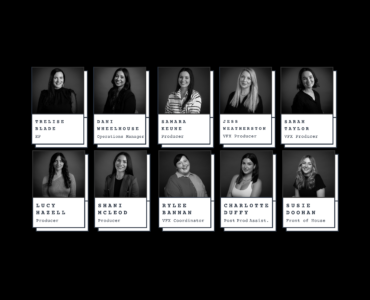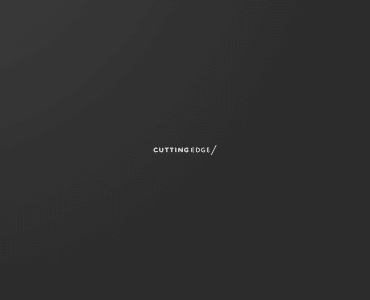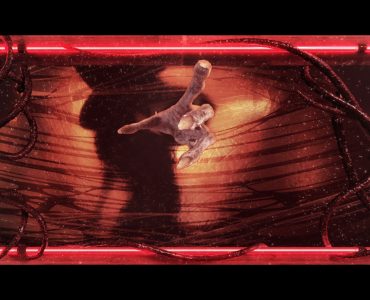/Zenon and Ian Talk Character Design
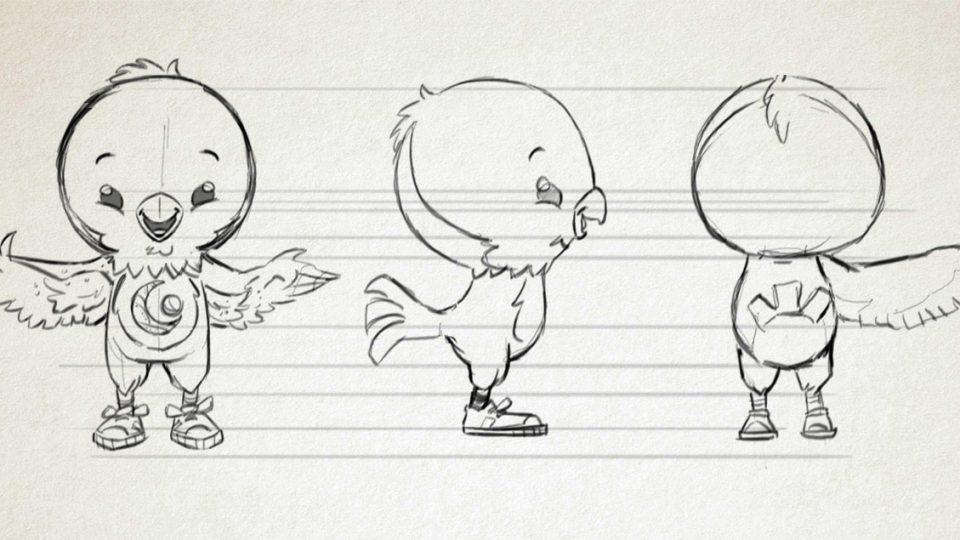

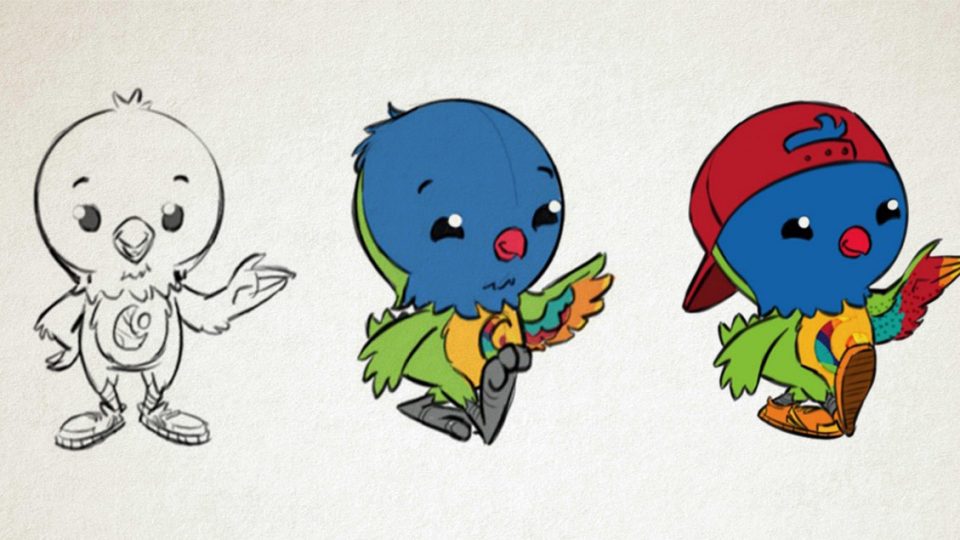

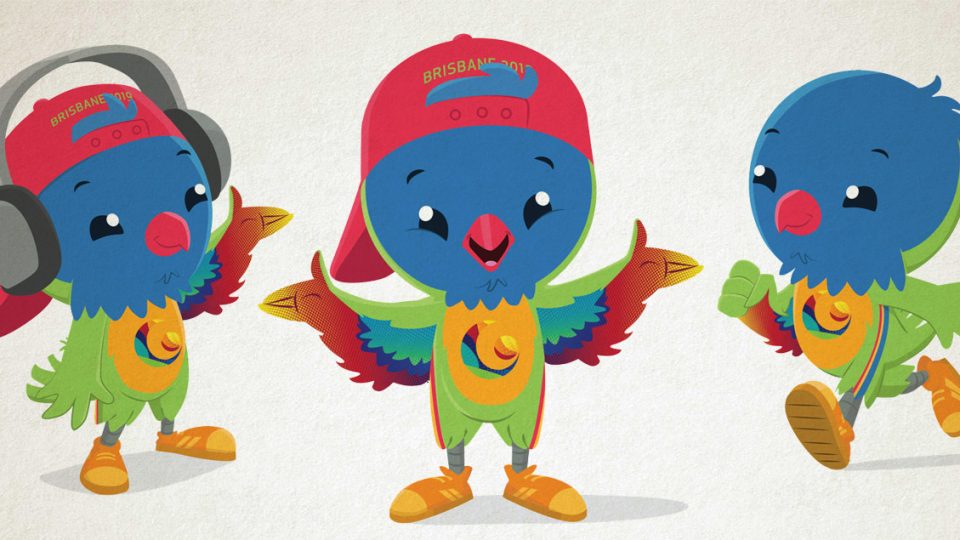

Creative Director, Zenon Kohler, and Animation Director, Ian Anderson, are expert character designers having created beloved characters for Australian brands. We spoke with the guys about how they approach designing a character.
As a duo you have designed dozens of successful commercial characters including Wally (Rugby Australia), Steve (Betadine) and Borobi (Commonwealth Games). What’s the secret behind your partnership?
Ian: I like to think we bring the best out in each other. We challenge each other as we strive for unique and fresh designs. But he’s still a dickhead.
Zenon: In a nutshell, our skill sets complement each other. We’ve worked together for nearly 10 years and when you collaborate with anyone for that long, you develop a kind of shorthand, a mutual respect for each others’ creative contribution to a project.
Plus I say something nice and he calls me a dickhead.
What makes for ‘good’ character design?
Zenon: Good characters are ones that people connect with. They are the ones you remember. You feel like you know them instantly. You love them right away or you love to hate them. They get a reaction.
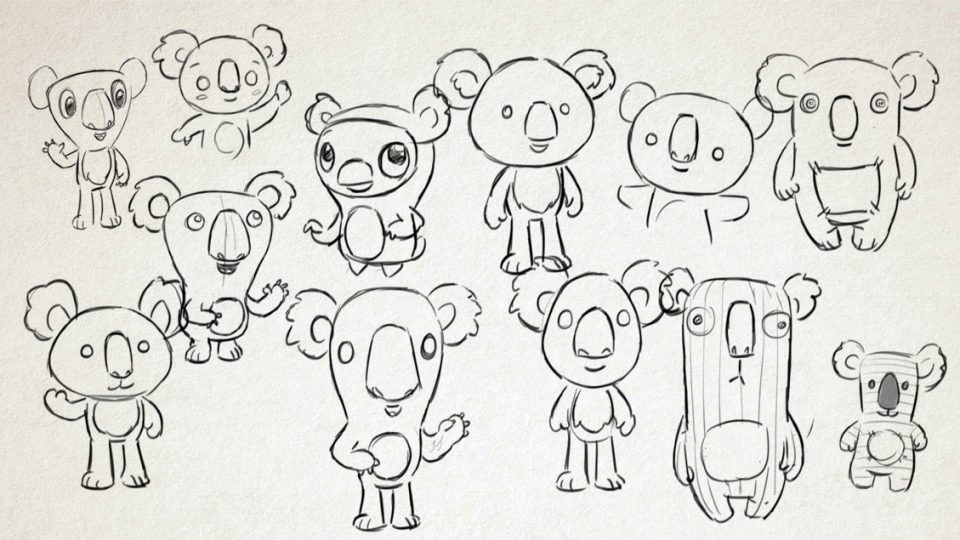

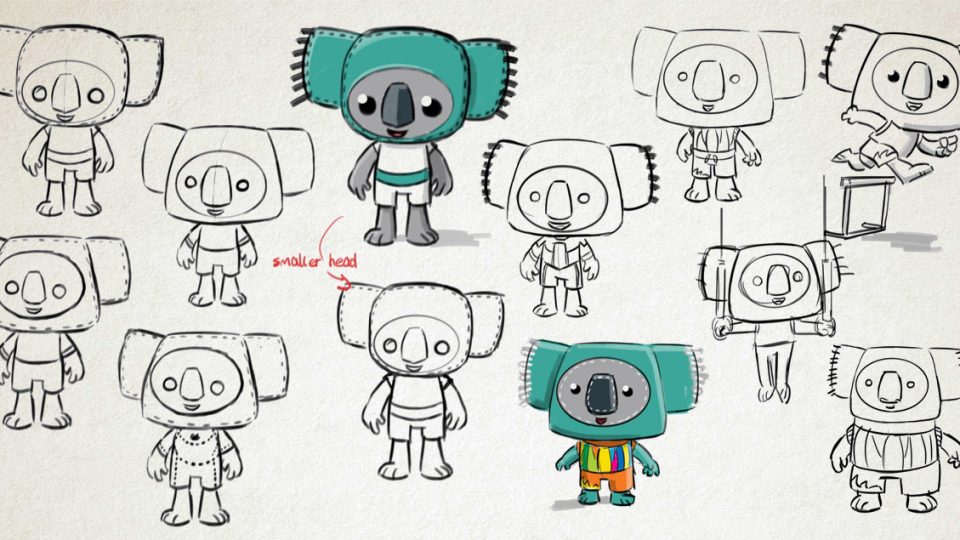

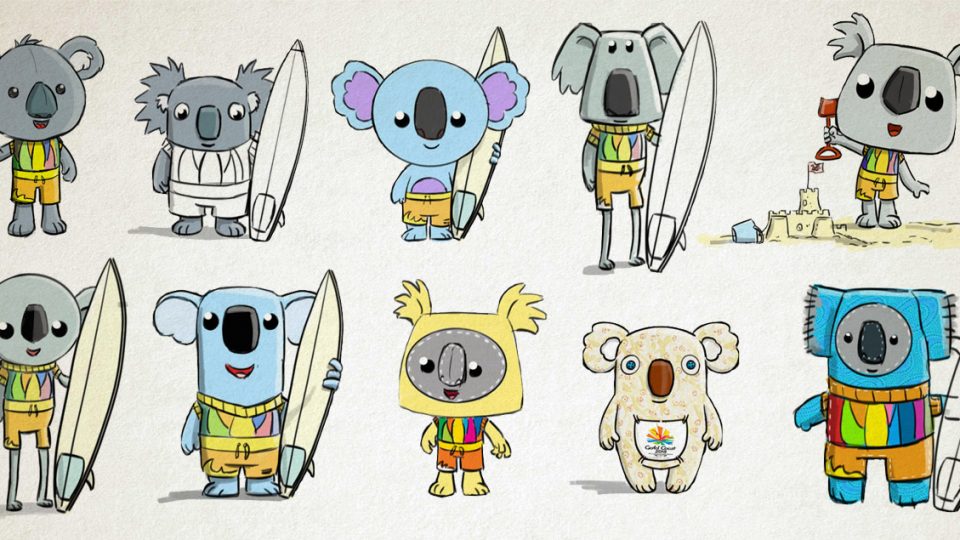

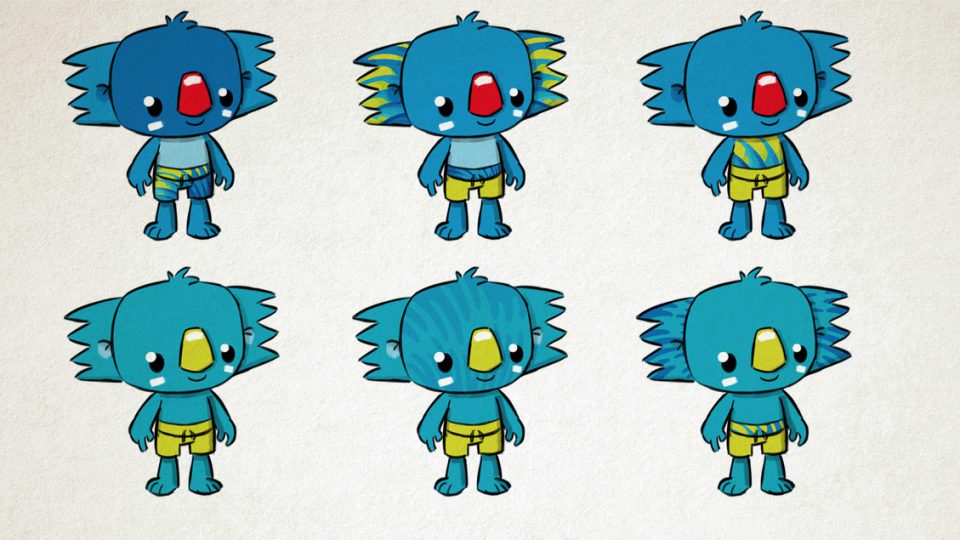

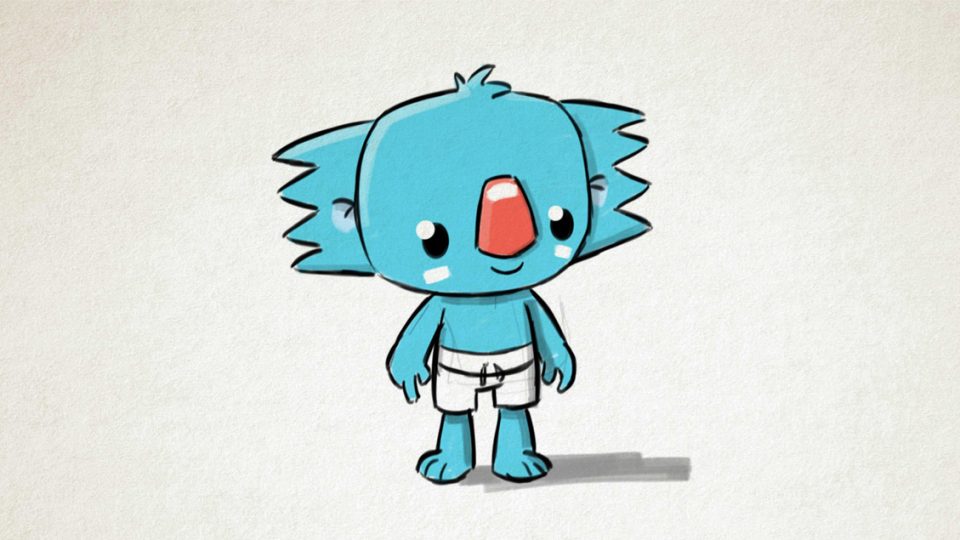

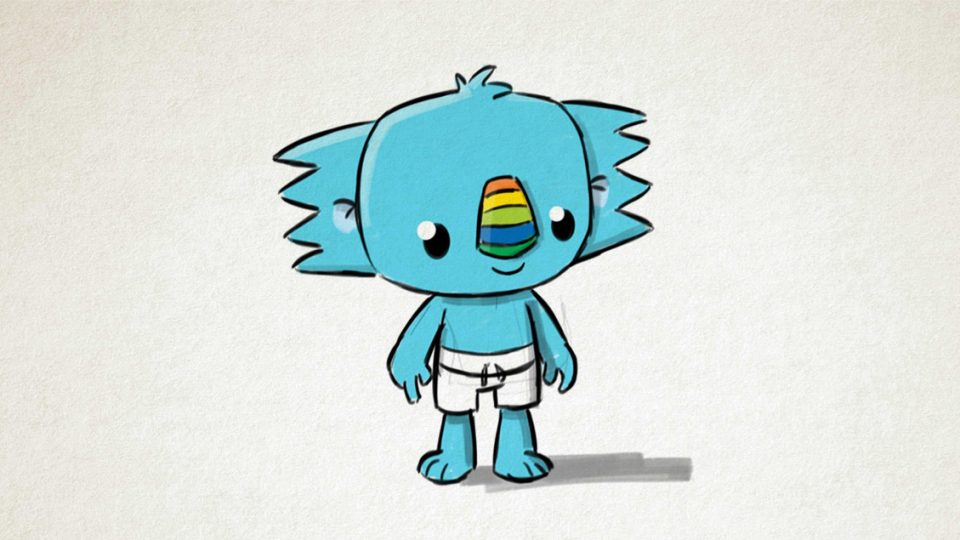

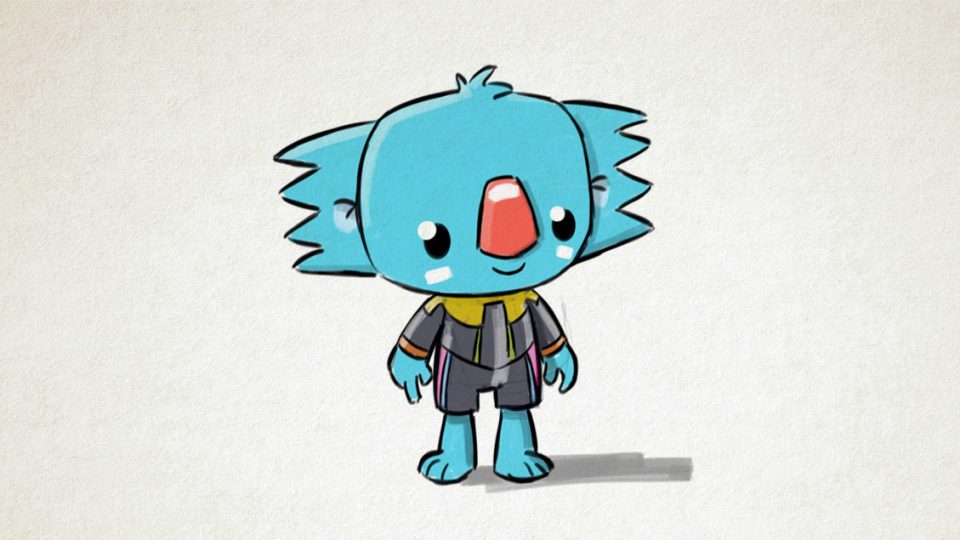

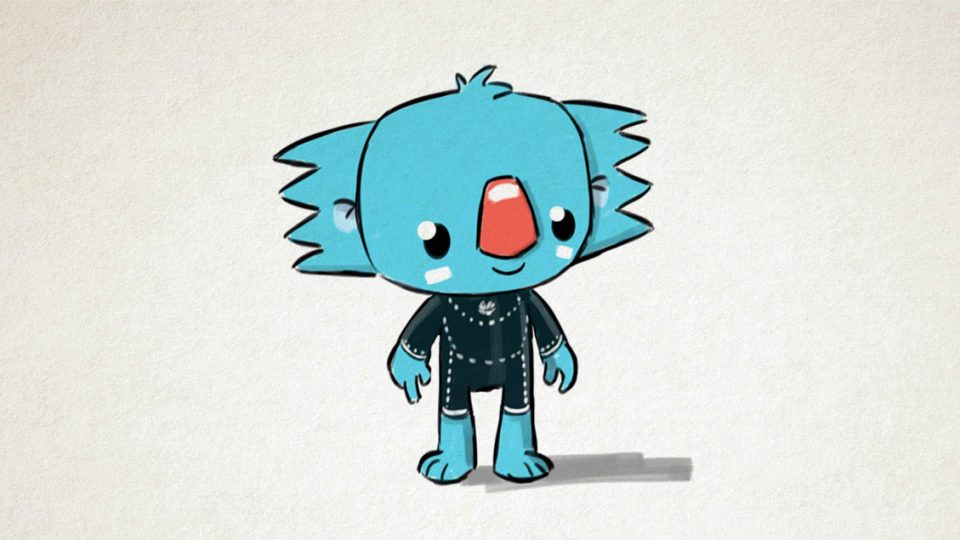

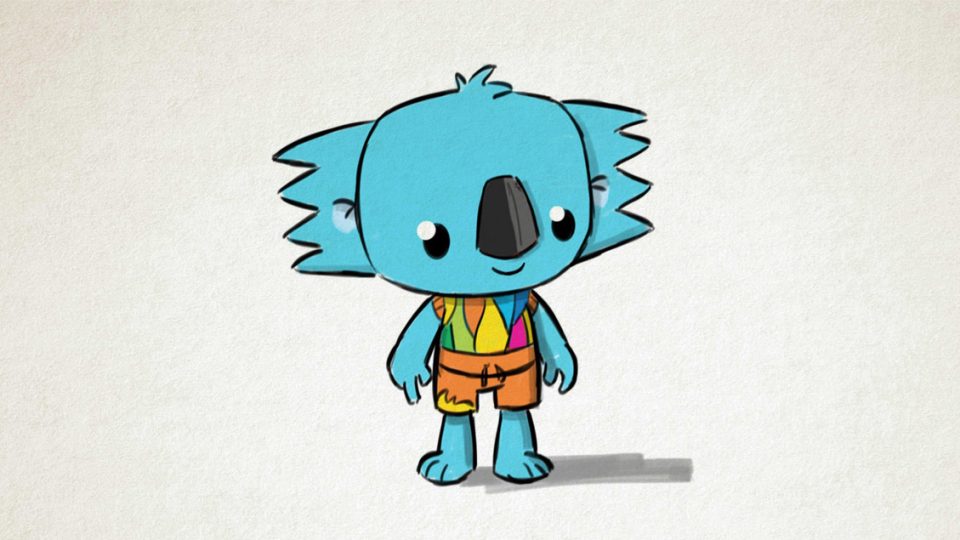

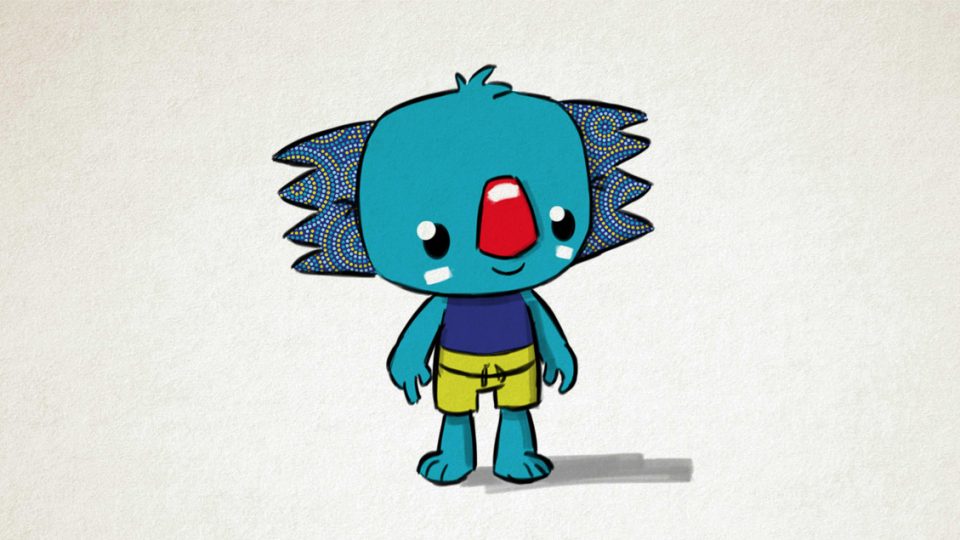

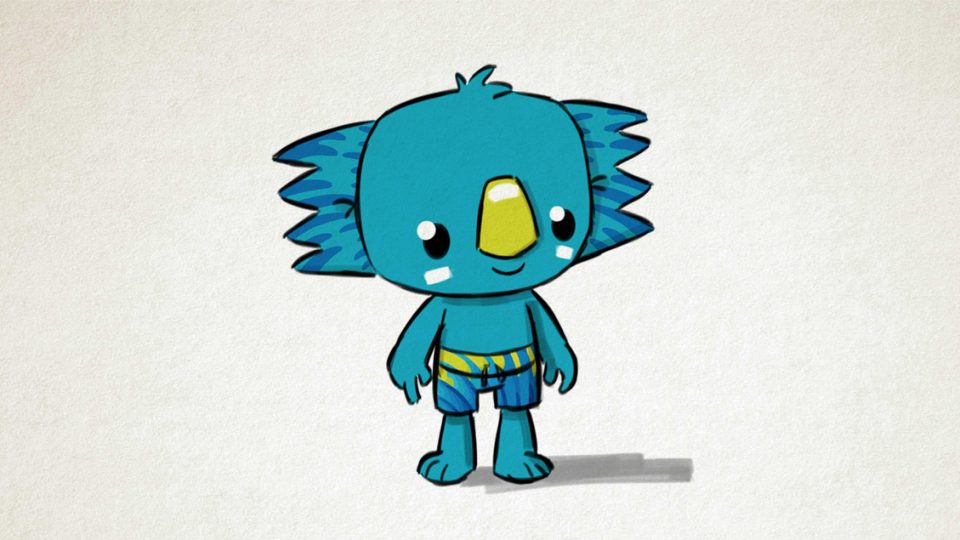

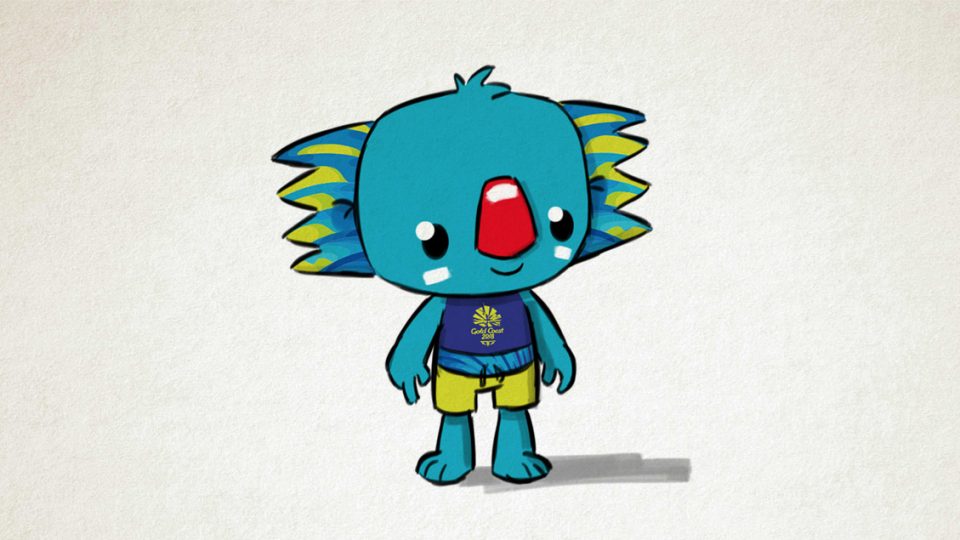

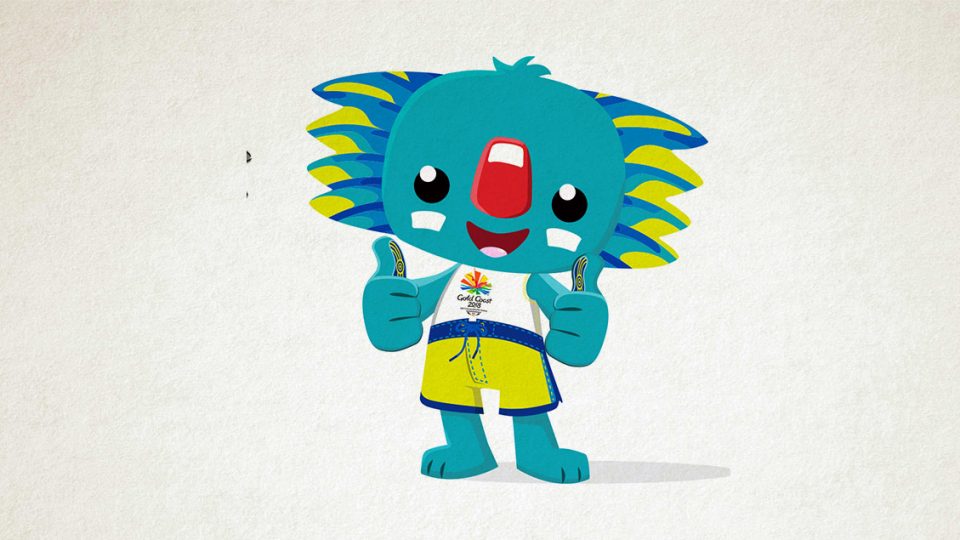

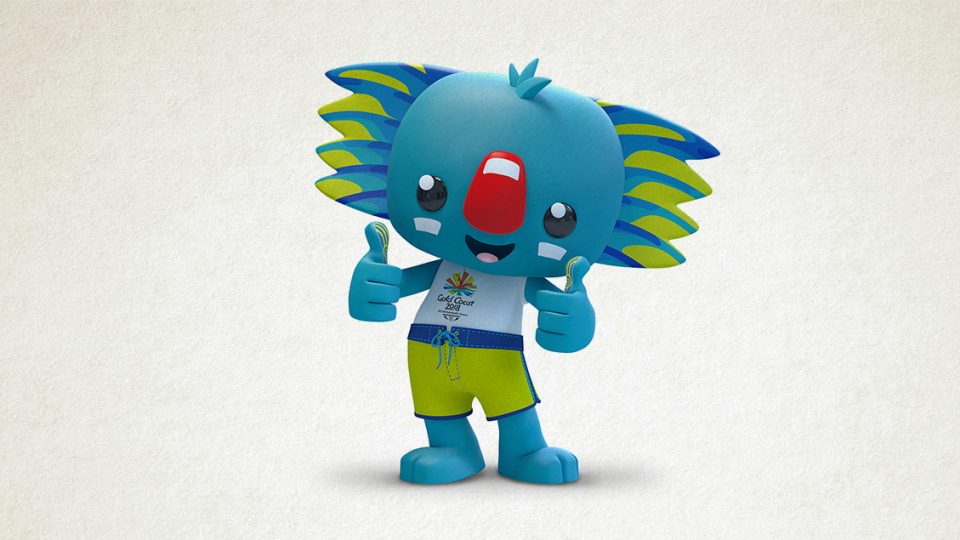

So, how do you make a character ‘good’?
Zenon: We have a process that we feel makes ‘good’ characters. It’s not witchcraft. There is no scientific formula or mathematical equation; just a few rules that help guide us as we make decisions about the semiotics that embody the personality of our characters.
Ian: On a totally superficial level, we’re talking about first impressions. And that’s where semiotics come into play. We are drawn towards a character subconsciously through visual cues that communicate who they are.
What is your favourite character you’ve created and why?
Ian: The Betadine character, Steve, was a particular favourite for me. Steve, is a nasty pliable germ that captures the slap-stick antics of a Tex Avery cartoon character. He was such fun to create and animate and because of the flexibility of his design and character meant that we could squash, splatt, pop and squeeze him to his death without feeling too sorry for him, but yet he would still engage the audience in a ‘that’s so cute’ moment.
Zenon: Creating Borobi was a long but enjoyable journey, but I think he’ll always be my favourite. We researched dozens of previous Olympic and Commonwealth Games mascots at the beginning of the process to determine what made many of them loved or hated because on a world stage, you can’t please everyone. However, we wanted to give him the best chance of being loved and the results speak for themselves.
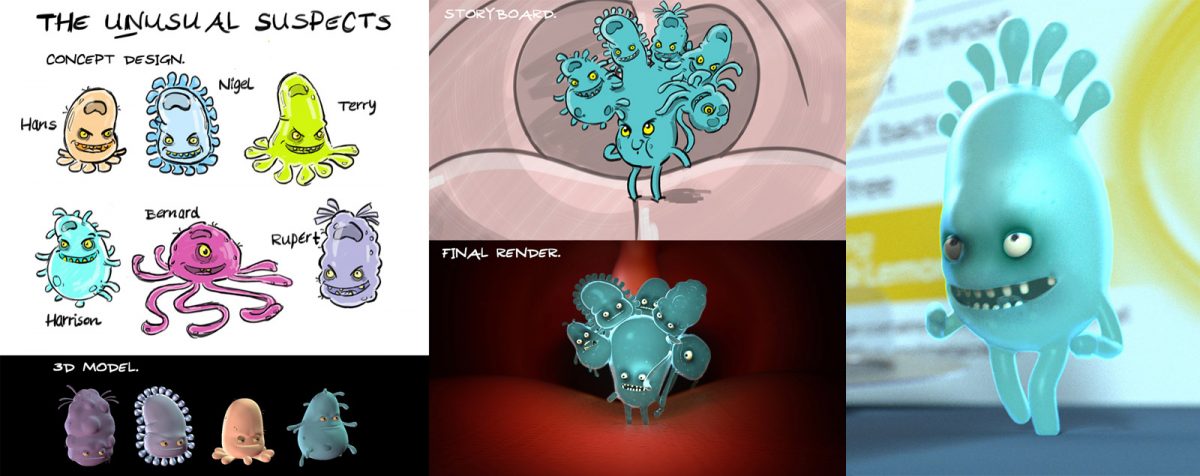

So story plays a large role in a character’s appeal?
Zenon: Definitely. A combination of all these things will result in a character who has depth and a personality that shines through in the design.
So what’s involved in creating a character?
Ian: It’s different for each character, but we often go through a 17 step process. Roughly speaking we define the brief, understand the audience and practical applications, and build a character that’s fit-for-purpose, fully-formed, and unique. Every decision is considered. Each choice serves a purpose and the sum of those decisions must both hit the brief and form a character that’s recognisable and that you can instantly bond with.
You mentioned both defining the brief and designing to fit the purpose…
Zenon: Yes, because it’s very easy to get excited and “draw” off on a tangent. But there’s a skill in not losing the momentum you have when you’re on a roll. You have to know when you’ve gone off brief far enough to need to review it.
We often stick keywords on the wall as a reminder to keep the end result fresh in our minds. Is it 2D or 3D? Animated or still images? Does it need to function as a mascot costume? Is it marketable and merchandisable?… It helps to remember where you’re heading.
During the exploration of the look what sort of decisions are you making?
Zenon: By this point we know the problem we need to solve and we know the character motivations and purpose. We have a comprehensive backstory and we know who they will be. They’ll have a name by now.
Next we are looking at the broad visual strokes. We keep it simple. The exploration stage is crucial. We won’t get it right the first time and there will be a lot of terrible ideas. Eventually we can stand back and cull everything that isn’t right for the character. We seek visually appealing aesthetics, but we can’t afford to lose the heart and soul of the character.
This is also when we discover the movement and flow of the character. We don’t get caught up in the details, because often, even at this early stage, we hit on something… a pleasant surprise that we might not have discovered as easily had we adhered to a strict process.
So some of it is gut feel? What seems right for each character?
Zenon: Well at times, but many decisions are defined by what’s been done before. For example society has already attached certain traits to certain shapes and sizes. Tall, short, fat, thin. Distinctive shapes based on personality traits.
We’ll take into account psychological shape associations, such as square shapes can mean strong, sturdy and stubborn. Round characters are seen as cute and unthreatening, or even trustworthy. Pointy and triangular can sometimes indicate a villain that’s sinister and evil. Again, these rules can be tweaked.
Ian: And we will exaggerate to make the character’s defining features do a lot of the work. The most obvious are facial expressions but poses can be just as expressive.
We also use signifiers and accessories. A combination of clothes, props, hairstyles, gender, race, body type and facial expression all contribute to the development of the character’s story, traits and background. They are extensions of their personality.
So you’re developing a unique character through these choices?
Ian: Well yeah, uniqueness is key to crafting an iconic character. Each needs their point of difference to be memorable and recognisable. We make each distinctive. This is when you can break the rules and go against the norm.
Borobi could have had a round, friendly head. He could have had soft, fluffy ears. But then he’d look like every other koala. We looked at his ear shape and pattern to give him a defining look. Also his hands and feet are unique. We incorporated his story here.
You’ve used this method of design to make some pretty recognisable characters.
Zenon: Thanks, yes we love it. Creating these characters is some of the most fun we have. We form a real connection with each of them along the way and when others ‘get them’ we get a real kick out of it.
Explore the guy’s work here:

